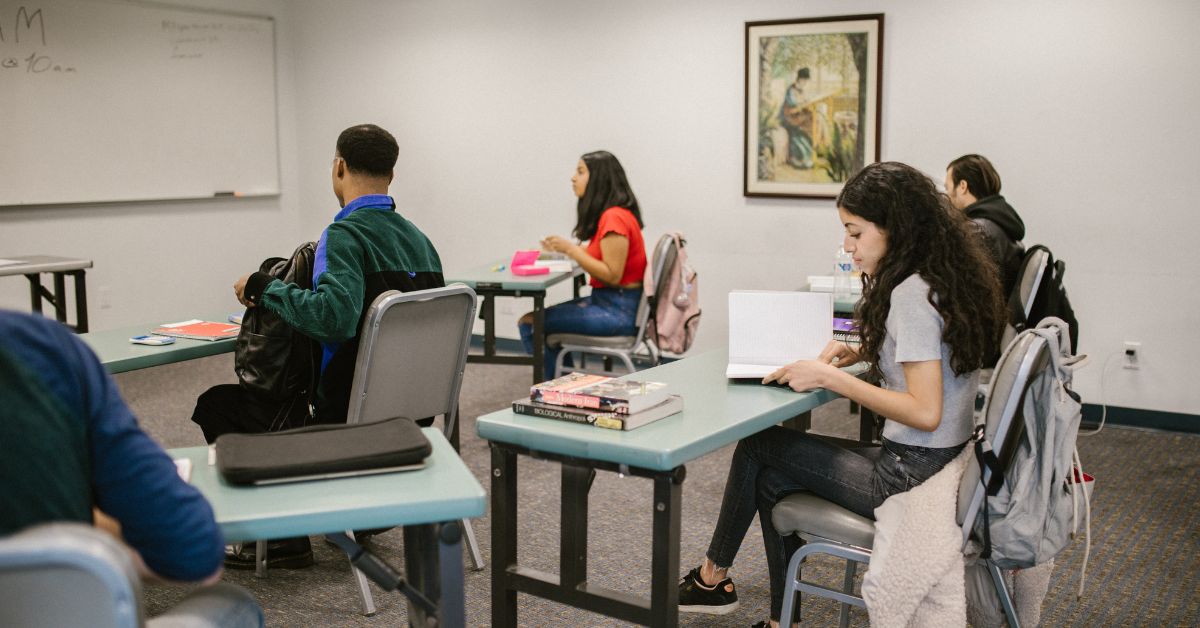Can one small state make a big difference in how kids learn to read? Vermont might be showing the way. Its new literacy program is helping young students improve their reading skills faster than ever. While many states struggle with low literacy scores, Vermont’s methods are getting national attention.
Why Literacy Matters So Much
Learning to read well is a big deal. When kids can read by third grade, they do better in all subjects—math, science, history, and even art. But when students fall behind in reading early on, it can take years to catch up. That’s why Vermont is focusing on helping kids read sooner and better.
What Is Vermont Doing Differently?
Vermont’s program stands out because it’s based on the science of reading. This means using research-backed methods to teach phonics, vocabulary, and reading comprehension. Here are some major changes they made:
- Teachers got special training in how kids learn to read
- Schools use more reading assessments to track student progress
- More classroom time is spent on building reading skills
- Help is given to struggling readers right away, not later
This isn’t just guesswork—it’s based on solid research and data.
Is It Working?
Yes. The results are promising. According to state data, reading scores in some schools went up in just one year. More kids are reaching grade-level reading than before. Vermont is also helping teachers feel more confident about their skills.
In fact, other states are now paying close attention. Education leaders from across the U.S. are visiting Vermont schools to learn more.
Vermont’s Literacy Gains vs. National Average
| Measure | Vermont 2024 | U.S. Average 2024 |
|---|---|---|
| Grade 3 Reading Proficiency | 65% | 43% |
| Teacher Confidence in Literacy Tools | 82% | 54% |
| Early Reading Intervention Usage | 91% | 67% |
Challenges Still Ahead
Even with all the progress, Vermont isn’t done. Some rural schools have fewer resources and teachers, making it harder to deliver the program equally everywhere. Also, teaching students with learning differences like dyslexia still needs more attention.
Plus, funding always matters. Vermont must keep supporting this program if it wants long-term success.
Could This Be a Model for the Nation?
Vermont’s story is a good reminder that small changes can lead to big results. By focusing on reading early, using science-based methods, and supporting teachers, Vermont may be offering a blueprint for the rest of the country.
But every state is different. What works in Vermont might need to be adjusted elsewhere. Still, this program shows that it’s possible to raise reading scores if the right steps are taken.
Conclusion
Vermont’s literacy program is proving that reading success doesn’t have to wait. By teaching smarter, helping early, and following proven methods, Vermont is making real progress. Other states are watching closely, and many may soon follow Vermont’s lead.
If they do, we might finally see a future where every child in America has the reading skills they need to succeed. Vermont may be small, but it could be starting something big.
FAQ’s
Q1: What is the science of reading?
A1: It’s a way of teaching based on research about how kids learn to read using phonics, vocabulary, and comprehension.
Q2: Are all Vermont schools using the new program?
A2: Most are, but some rural schools still need extra help to catch up.
Q3: Can other states copy Vermont’s program?
A3: Yes, but they might need to adjust it to fit their own schools and students.








